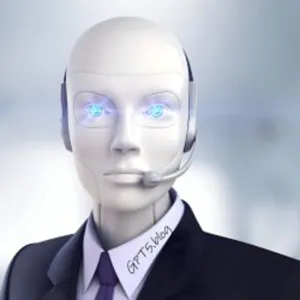Swarm Robotics: Engineering Collaboration in Autonomous Systems

Swarm Robotics represents a dynamic and innovative field at the intersection of robotics, artificial intelligence, and collective behavior. Drawing inspiration from the natural world, particularly from the complex social behaviors exhibited by insects, birds, and fish, this area of study focuses on the development of large numbers of relatively simple robots that operate based on decentralized control mechanisms. The primary goal is to achieve a collective behavior that is robust, scalable, and flexible, enabling the swarm to perform complex tasks that are beyond the capabilities of individual robots.
Principles of Swarm Robotics
Swarm robotics is grounded in the principles of Swarm Intelligence (SI), which emphasizes autonomy, local rules, and the absence of centralized control. The basic premise is that simple agents following simple rules can give rise to complex, intelligent behavior. In swarm robotics, each robot acts based on its local perception and simple interaction rules, without needing a global picture or direct oversight. This approach allows the swarm to adapt dynamically to changing environments and to recover from individual failures effectively.
Applications of Swarm Robotics
Swarm robotics holds promise for a wide range of applications, particularly in areas where tasks are too dangerous, tedious, or complex for humans or individual robotic systems. Some notable applications include:
- Search and Rescue Operations: Swarms can cover large areas quickly, identifying survivors in disaster zones.
- Environmental Monitoring: Autonomous swarms can monitor pollution, wildlife, or agricultural conditions over vast areas.
- Space Exploration: Swarms could be deployed to explore planetary surfaces, gathering data from multiple locations simultaneously.
- Military Reconnaissance: Small, collaborative robots could perform surveillance without putting human lives at risk.
Conclusion: Towards a Collaborative Future
Swarm Robotics is at the forefront of creating collaborative, autonomous systems capable of tackling complex problems through collective effort. By mimicking the natural world's efficiency and adaptability, swarm robotics opens new avenues for exploration, disaster response, environmental monitoring, and beyond. As technology advances, the potential for swarm robotics to transform various sectors becomes increasingly apparent, marking a significant step forward in the evolution of robotic systems and artificial intelligence.
See also: Particle Swarm Optimization (PSO), Ads Shop, D-ID, KI Tools, Prompts ...
Kind regards Schneppat AI & GPT 5

